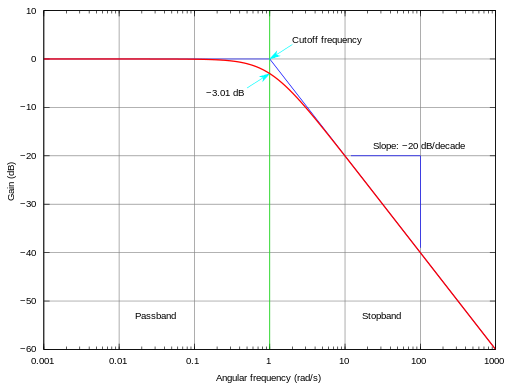Frequency Response (頻率響應)
Frequency response, abbreviated as frequency response, measures the system's output when a signal with constant amplitude and varying frequency is input to an electronic instrument system. It is usually associated with electronic amplifiers, speakers, etc. The main characteristics of frequency response can be expressed in terms of the amplitude (in decibels) and phase (in radians) of the system response.
Frequency response can be measured using the following methods:
- Inputting a pulse to the system and measuring its response.
- Using a fixed amplitude sine wave signal to sweep through the bandwidth of interest, recording the corresponding output levels and phase.
- Providing a broadband signal and then calculating the impulse response from the input and output signals.
Traditional frequency response results can be illustrated using two graphical methods: Bode plots representing magnitude and phase, and Nyquist plots representing the imaginary and real parts of the frequency response. Once frequency response is measured, if the system is linear and time-invariant, its characteristics can be approximated by digital filters with arbitrary precision. Likewise, if a system has poor frequency response, digital or analog filters can pre-compensate the signal to compensate for its shortcomings.
Frequency response curves are commonly used to depict the accuracy of amplifiers and speakers in reproducing sound frequencies. For instance, a high-fidelity amplifier may be described as having a frequency response of 20Hz–20KHz ±1 dB, meaning the system can amplify all frequencies within that range. Good frequency response does not guarantee fidelity; it simply indicates that part of the equipment meets basic frequency response requirements.

- Content above is excerpted from Wikipedia
Wi-Fi Network Planning Advice
15 Tips for Hard Drive Longevity
10 Things About Image Analysis
知識學院
蘊藏許多助人的知識與智慧。